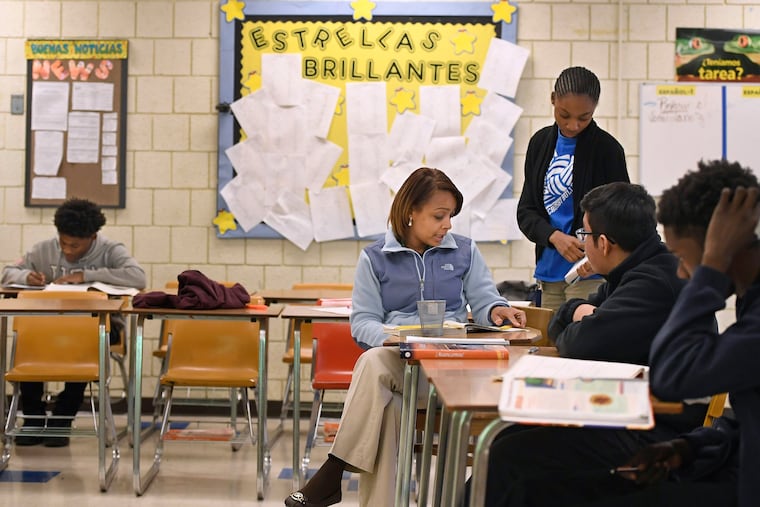U.S. should strengthen bilingual education | Opinion
While 92% of European students are learning a second language in school, in America it’s only 20%.

America — that glorious symbol of multiculturalism, the great melting pot — qualifies as part of the developed world, right? Not quite, if we consider the state of second language learning in schools across the country.
According to a 2018 study from the Pew Research Center, Europe is consistently tops the U.S. in foreign language education in schools. A median of 92% of European students are learning a language in school. In America it’s only 20%. In more than 20 European countries, studying a foreign language for at least one year is compulsory. In comparison, only 10 states and D.C require learning a foreign language for graduation.
Let’s put this into perspective: I went to a public school in Pennsylvania that ranked on Newsweek’s list of America’s top high schools in 2015. In a school of such esteem, foreign language learning was not a graduation requirement. And the existing foreign language department left much to be desired.
A common response to such stories and statistics is: So what? Why should Americans care about learning another language when English has recently seemed to dominate as the unofficial language of the world?
There are many reasons for schools to prioritize foreign languages. Here are three especially relevant ones:
First: The world is globalizing faster than we can imagine. Bilingualism is the norm. More than half of the world’s population speaks more than one language, as the BBC reported in 2016. It is also increasingly becoming the need for success in this globalizing world — and not just in terms of material gain. I am also referring to social, emotional, and intellectual success, all of which directly contribute not only to material success, but also to happiness and well-being.
Second: Having the ability to speak a second language opens up the possibility of traveling and immersing yourself in another part of the world. This means access to a whole other universe of culture, socio-economic opportunity, and traditions in places you were previously barred from because you could not communicate in the language.
As an immigrant from Pakistan to the United States myself, being a fluent speaker of Urdu has contributed greatly to my success in excelling at higher education, helping me thrive in a variety of work environments and form lifelong relationships with people from a radically different sociocultural background from me. My bilingualism has actively helped me develop strong interpersonal and intercultural skills in America, as well as in Europe.
Third: The teaching of foreign language can be instrumental in bringing about peace and unity in the currently turmoil-infested country we live in. Many of us hold our languages very dear to our hearts and our identities; speaking our native language makes us feel proud. It is important to understand that many people, hailing from different countries and cultures, take similar pride in speaking their native languages.
Unfortunately, in the multicultural context of American society, this pride of speaking your first language gets abused by conniving politicians to divide people by creating the dichotomy of “us” and “the other.” Learning a second language can be an efficient vehicle to dissolve these superficial differences in our country and help to bridge communities. Language is inseparable from culture, from politics, from human identity. To speak another language means having access to a universe of diverse experiences and worldviews of another community of people.
However, all these possibilities become realities only when students are taught a second language at a young age. A 2018 MIT study suggests that native-like proficiency in a language is achieved only if students start learning by ten years old. Past ages 17-18 (the time of high school graduation), language acquisition slows down significantly.
In Europe, the average age that a student starts learning a language is between six and nine. American schools should follow suit.
Jamail Khan is an undergraduate student at Swarthmore College studying religion and English literature. He is also an English writing tutor for The Presbyterian Historical Society in Philadelphia.